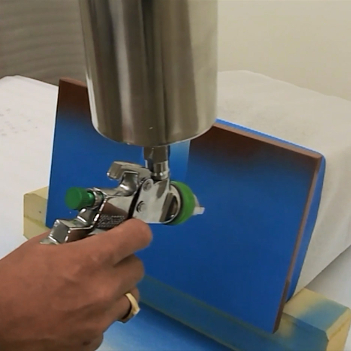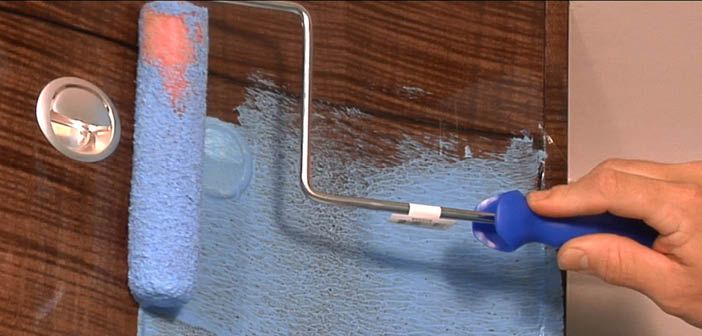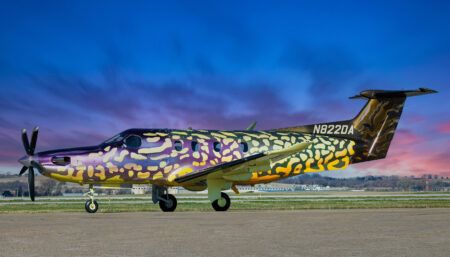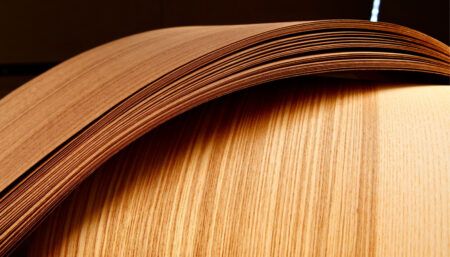Ian Buchanan of OFPSI discusses the causes and costs of rework to aircraft interior components
 What are the common causes of damage to interior components during manufacturing, shipping and installation?
What are the common causes of damage to interior components during manufacturing, shipping and installation?
Our customers say it’s not unusual for 30% of a shipset of cabinets to need some sort of rework to rectify damage sustained during the completion process.
In some cases, the damage is caused by the materials and processes that are supposed to protect the cabinets from damage in the first place. Using the wrong tape to secure a material (usually paper) is the most common cause we’ve heard of.
Workers are certainly aware components need to be protected, but knowledge about how best to do so, and access to proper materials, is often lacking. Deadline pressures can also lead to workers being less careful. Constant adjustments to achieve proper fit can endanger elements. Applying headliners without using a hair net, and neglecting sidewalls during cabinet or carpet installation, are common mis-steps. Marks from tools, body oils and the like are very common. Even handling components without gloves can result in the component failing inspection. It doesn’t take much for a customer or their representative to demand rework on components that they perceive as less than perfect.
What are the most vulnerable components?
Any components installed during the completion or overhaul process are at risk given the tight spaces the workers must navigate.
Expensive materials used for headliners and side panels in VIP completions are often fragile and susceptible to damage. Carpet is subject to traffic and spills, and replacement can cause an expensive delay. Lavatory or galley components including sinks and mirrors are high risk, as their surfaces are very sensitive to scratches.
 How much money is the industry losing to this kind of waste?
How much money is the industry losing to this kind of waste?
It’s difficult to calculate exactly how much expense could be avoided, because soft costs such as extra labor and project time are rarely quantified. One large completion center estimated that damages to components during one project cost them more than US$300,000. This included penalties for missing the delivery schedule because components needed to be removed, reworked and reinstalled. These projects are like puzzles where many of the components are interlocked; removing and reinstalling components can impact the schedule hugely.
Another customer told us that before they switched to our product, they lost US$25,000 in cabinet rework on a project. But having to rework a piece is not only costly, it can also be difficult to recreate the look of pieces created previously.
What are the industry’s traditional methods of protecting components?
The most common solution for cabinetry is paper and tape. Mats are sometimes used to shield carpeting, but they tend to shift in traffic, leaving exposed parts vulnerable.
 What is your approach?
What is your approach?
AeroProtect comes in liquid form that can be power-sprayed or painted on to surfaces. It can also can be delivered on 1,500ft rolls of carrier film in widths from 12-48in. Once applied, the product forms a tough vinyl-like covering that stays in place during packing, shipping, installation and surrounding activity, shielding components against scratches and spills. Workers can even write on the material. After work, AeroProtect peels away cleanly with no effect on the surface.
We offer AeroProtect in a variety of formulas designed to protect specific surfaces. One allows recently finished surfaces such as high-gloss finished monuments be covered immediately after they are completed, permitting the normal curing and off-gassing time those multi-layered finishes require. Films have different adhesive strengths – more aggressive for high-traffic wool and wool-blend carpets, gentler for delicate fabrics. Another, AeroProtect Pro Plus, can be used safely on polycarbonate surfaces such as the Plexiglas and Lexan used in aircraft windows and mirrors.
All AeroProtect products are environmentally safe, low in VOC and water-based. They don’t create a static charge that could harm sensitive electronics.





